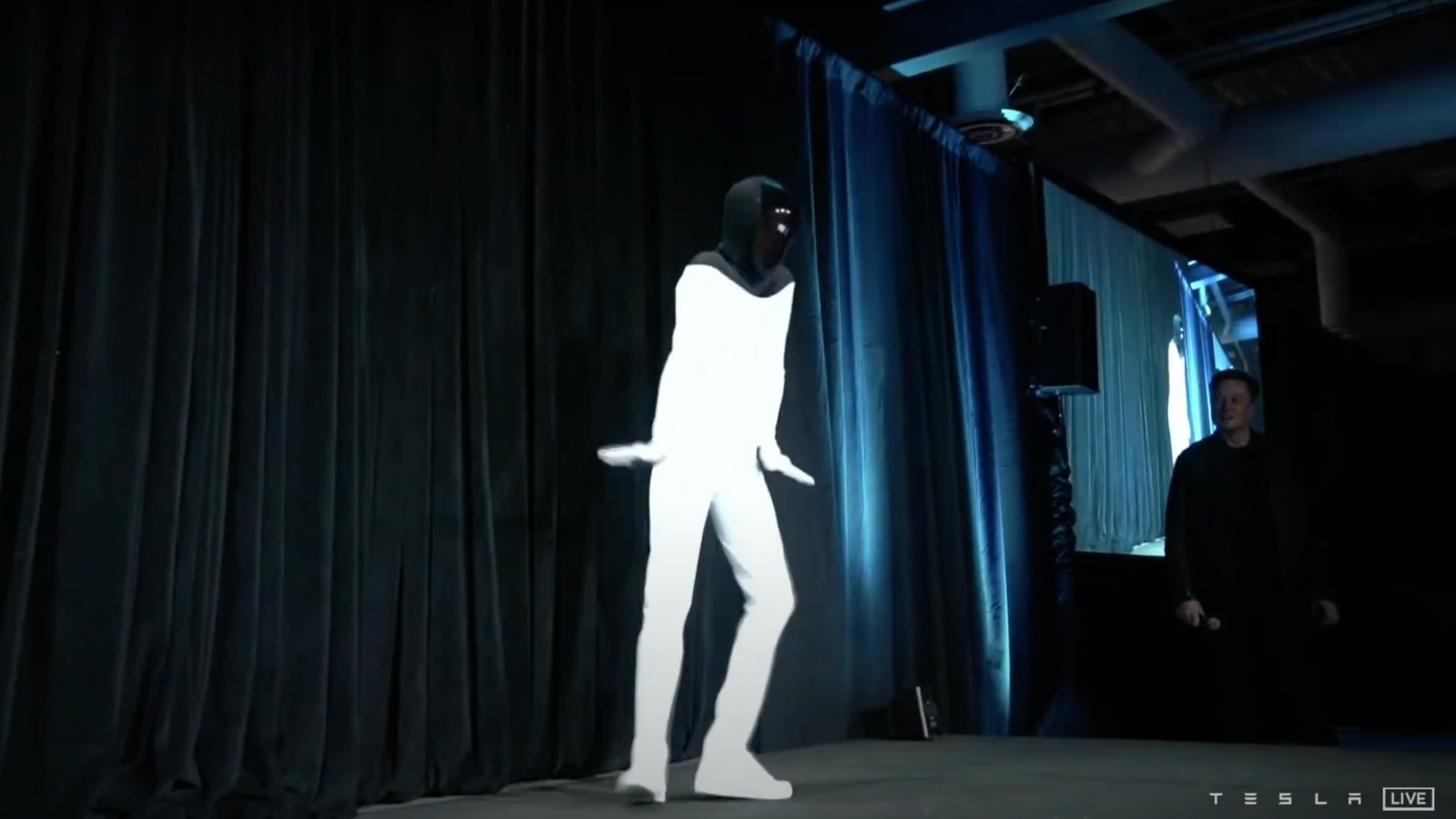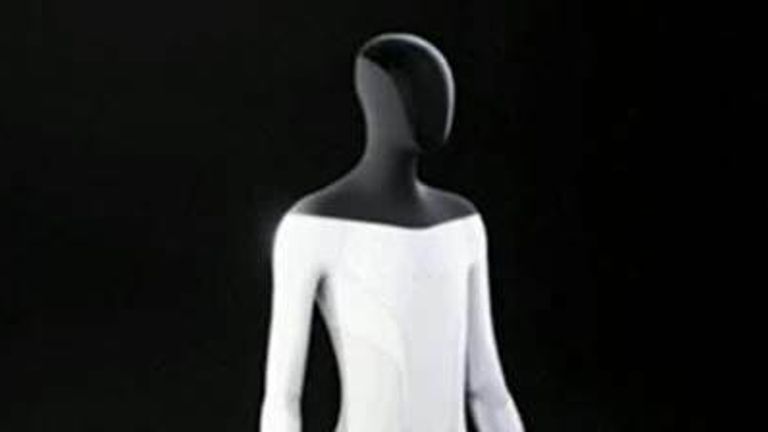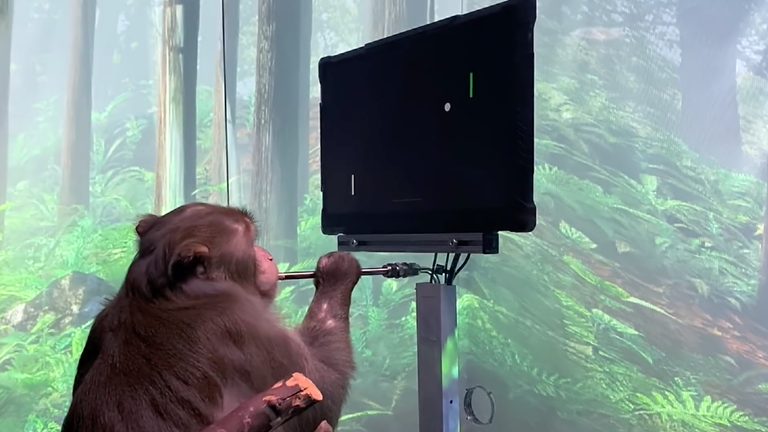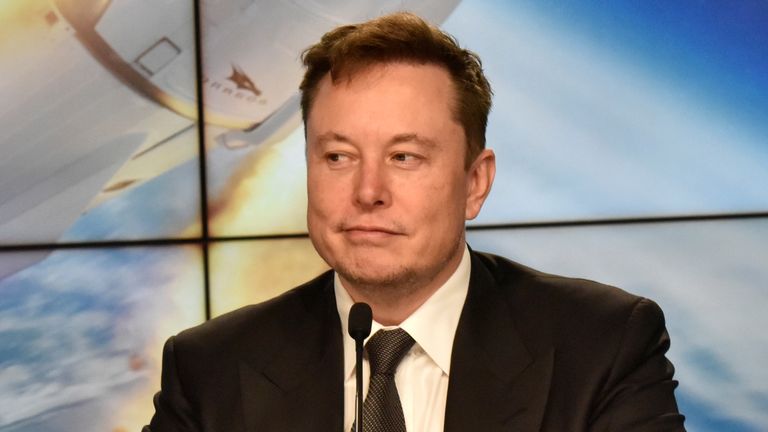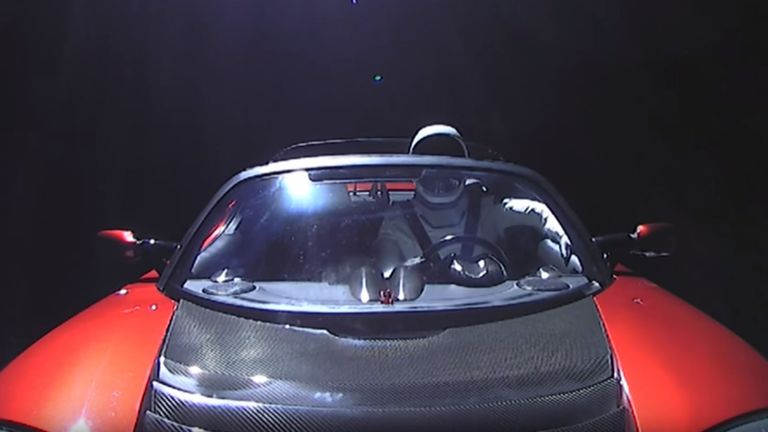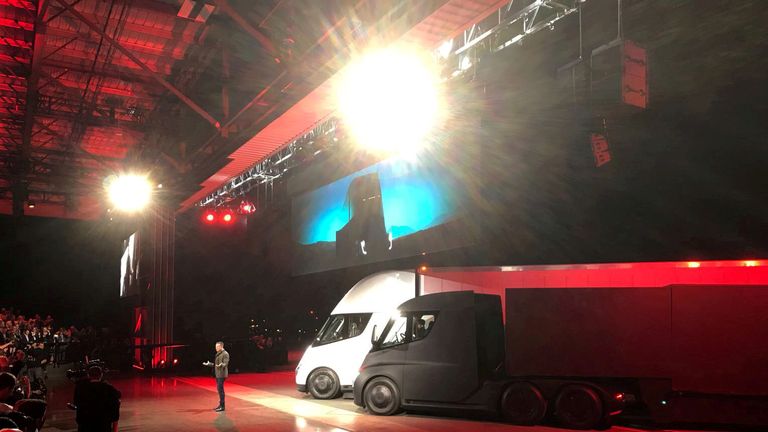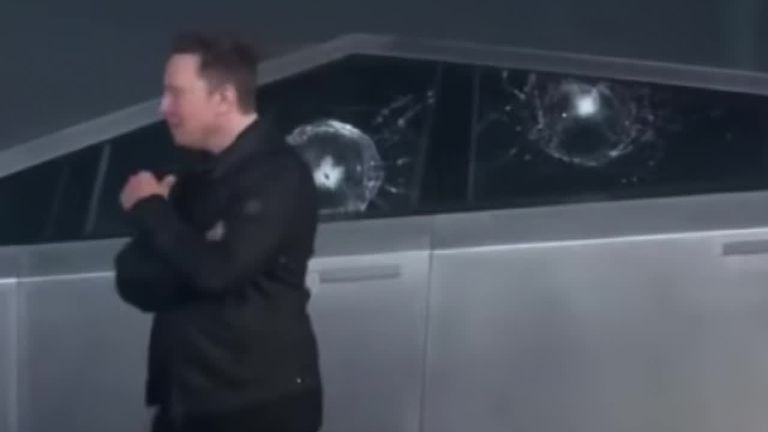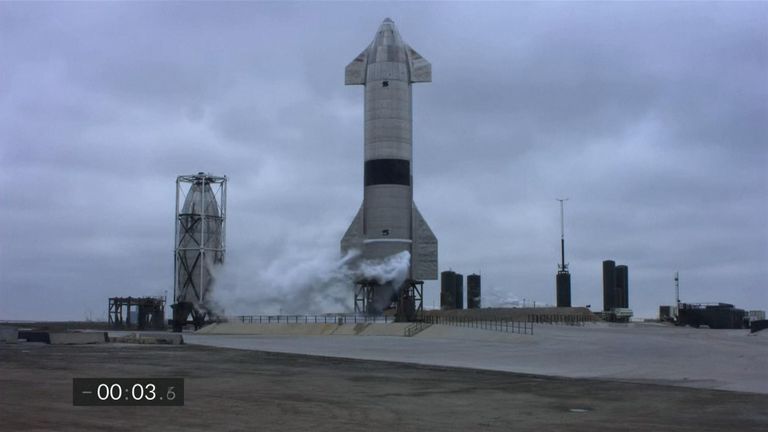Elon Musk has claimed Tesla may launch a humanoid robot as early as next year, but the billionaire has a track record of making outrageous claims and predictions that have not come to fruition.
Despite a lengthy presentation from Musk at Tesla’s AI Day, the company’s capacity to actually produce the 5ft 8in robot was not something the billionaire spent much time justifying.
In lieu of details on this particular project, let’s look at some of the other moonshots and predictions from the publicity-friendly Tesla chief executive that have either failed, fallen short, or simply vanished.
AI Apocalypse
Back in 2014, Musk warned that the “risk of something seriously dangerous happening” in terms of a general Artificial Intelligence that is hostile to humanity “is in the five year timeframe”.
Neuralink
When the brain-computer interface company was launched in 2016, Musk stated that it aimed to implant the first chip in a human brain before the end of 2020. This did not happen.
The company has however released a video showing how it has taught a monkey – Pager, a nine-year-old macaque – to play the video game Pong with its mind.
To date, the interface is only capable of recording signals from the brain’s motor cortex that normally coordinate hand and arm movements – there is at the moment no timeline for an interface with any of the brain’s higher cognitive functions.
Hyperloop
Back in 2013, the billionaire described his ideas for a Hyperloop – a transport system, in which passengers would be propelled in capsules, floating on a cushion of air through low-pressure tubes – as “a cross between a Concorde, a railgun and an air hockey table”.
In July 2017, Elon Musk said he received “verbal government approval” to build an underground hyperloop between New York, Philadelphia, Baltimore and Washington DC, although nothing substantial has yet materialised from this project.
A contract for a system of underground tunnels in Las Vegas has been downgraded to merely a “Loop”.
Robotaxis
“I feel very confident predicting autonomous robotaxis for Tesla next year,” Elon Musk told the audience at an investor day in 2019, reckoning there would be more than a million on the road by 2020.
By the end of that year, there were none.
“Sometimes I am not on time, but I get it done,” the billionaire qualified himself.
Full Self-Driving Cars
On 10 January 2016, the billionaire said he expected full self-driving cars to be available within two years and be able to automatically drive themselves from New York to Los Angeles, a 41-hour journey of more than 2,700 miles.
There are considered to be six levels of autonomous driving, starting at zero. Tesla’s current autopilot feature is what is known as Level 2 – partial automation.
Alongside a recent update to Tesla’s full self-driving software, customers were warned the system “may do the wrong thing at the wrong time” and cautioned to remain attentive.
Tesla Roadster
Heralded as “the quickest car in the world, with record-setting acceleration, range and performance” when it was unveiled in 2017, the Tesla Roadster missed its 2020 delivery date.
The only model we’ve seen was blasted into orbit from Cape Canaveral in 2018, although Tesla is still accepting reservations for the $200,000 car and the $250,000 founder series line.
Tesla Semi
Announced alongside the Roadster, the Tesla Semi – a Class 8 truck, the heaviest kind meant to be capable of hauling any kind of freight – was meant to enter production in 2019. This did not happen.
According to the company’s chief executive, there are a few reasons for this, including that Tesla doesn’t have a facility to assemble a vehicle of the Semi’s size, nor does it have an adequate battery supply.
Still, it’s now expected by the end of 2021.
Tesla Cybertruck
The launch of the Cybertruck was a masterclass in Musk-esque silliness, when an attempt to show off its bullet proof glass resulted in the window shattering on the stage.
In a second demonstration of the window’s strength, the glass again shattered.
Still, at least the all-electric pickup isn’t delayed yet. Deliveries are due this year, which could potentially still happen.
Of course, many of the CEO’s outrageous comments have come true.
Musk predicted in 2015 that Tesla’s market capitalisation would “basically be the same as Apple’s is today” or around $700bn, within a decade.
Although the company’s market cap has gone up and down, at its peak in January of this year the company was worth more than $880bn, and today is at $680bn.
Under the billionaire’s watch, SpaceX has reshaped space exploration with its cost-effective system for landing rocket boosters after taking payloads into orbit and is set to play a major role in the next moon landings. We’ll have to wait and see if the Tesla Bots help to get it done.
